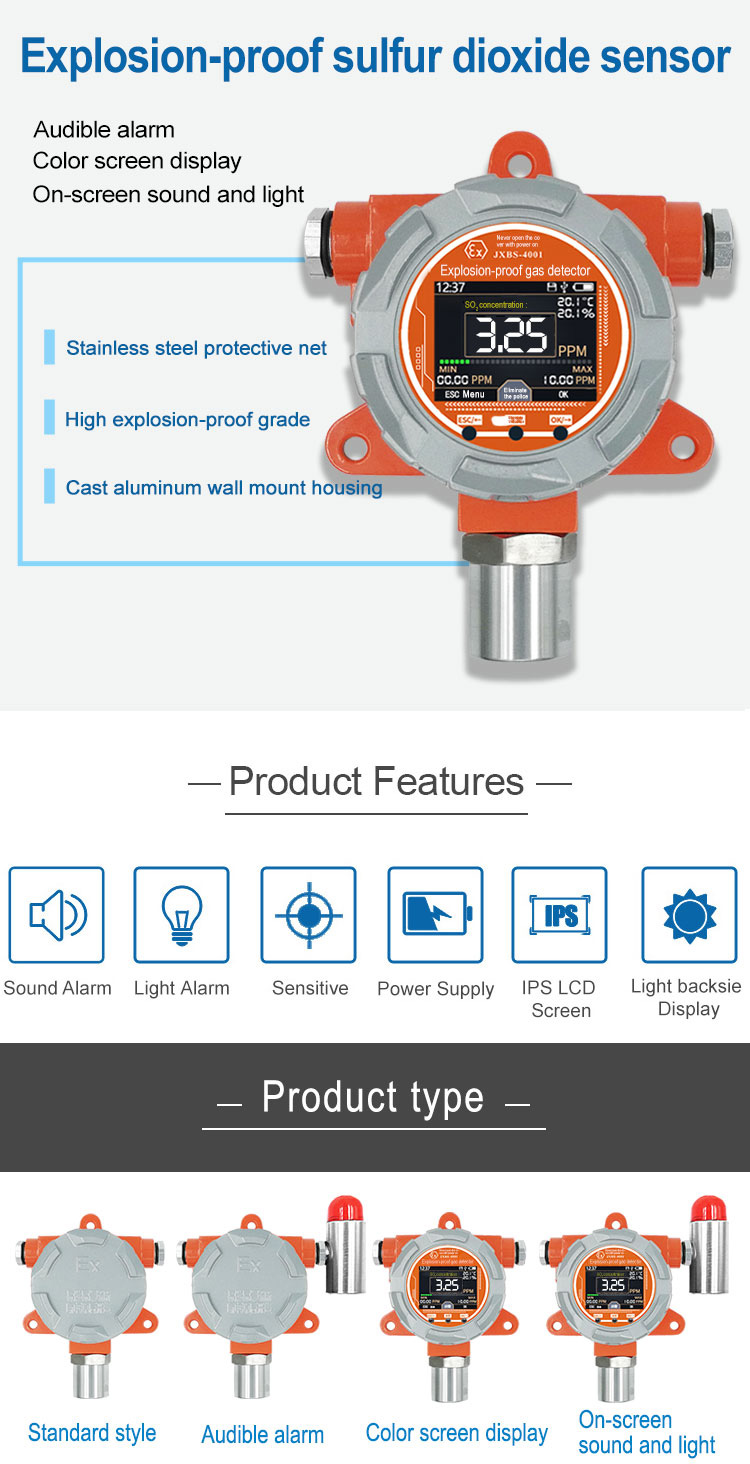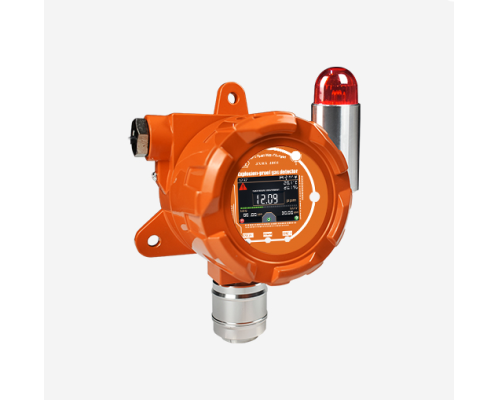Gas sensors are rapidly emerging as essential components in smart homes and living environments. These sensors are designed to detect the presence of various gases, providing important information about air quality, safety, and energy efficiency. In this article, we will explore the applications and benefits of gas sensors for creating smarter and healthier living spaces.

Enhanced Indoor Air Quality:
Indoor air quality can have a significant impact on our health and well-being. Gas sensors can detect harmful gases such as carbon monoxide (CO), volatile organic compounds (VOCs), and nitrogen dioxide (NO2) that may be present indoors. By continuously monitoring these gases, gas sensors can provide real-time data on indoor air quality levels. This information allows residents to take necessary actions, such as improving ventilation or eliminating pollution sources, to ensure a healthy living environment.
Safety and Early Warning Systems:
Gas sensors are crucial in ensuring the safety of homes and residents. They can detect potentially hazardous gases like natural gas (methane) or propane, which can lead to fires or explosions if left undetected. Gas sensors equipped with alarm systems can provide early warnings, allowing homeowners to evacuate and take appropriate measures to prevent accidents. Integration with smart home automation systems enables automatic shut-off of gas supplies in case of emergencies, further enhancing safety.
Energy Efficiency and Conservation:
Gas sensors play a significant role in promoting energy efficiency and conservation in smart homes. For instance, gas sensors can detect gas leaks in appliances such as stoves, water heaters, or furnaces, reducing wasted energy caused by faulty equipment or leaks. Real-time monitoring can help residents identify energy-intensive activities or appliances, enabling them to make informed decisions and adjust energy consumption accordingly. By optimizing energy usage, gas sensors contribute to sustainable living and reduced utility bills.
Fire Detection and Prevention:
In addition to detecting combustible gases, gas sensors can detect smoke and fire. By integrating smoke detectors with gas sensors, advanced fire detection systems can be created. These systems can provide early warnings to residents and trigger automatic actions such as activating sprinklers or sending alerts to emergency services. This enhances fire prevention and minimizes potential property damage and loss of life.
Smart HVAC Systems:
Gas sensors are increasingly being integrated into smart heating, ventilation, and air conditioning (HVAC) systems. By monitoring the concentration of gases, these sensors can optimize HVAC operation based on air quality. For example, if high levels of CO2 are detected, the system can increase ventilation rates to provide fresh air. This ensures a healthier and more comfortable living environment while reducing energy waste by avoiding unnecessary heating or cooling.
Environmental Monitoring:
Gas sensors can also contribute to environmental monitoring in outdoor spaces. They can be used to measure pollutant levels in parks, urban areas, or industrial zones. This data can help city planners and environmental agencies identify pollution sources, assess air quality trends, and implement targeted measures to mitigate pollution. Gas sensors placed in strategic locations can provide a comprehensive understanding of the air quality in urban environments, contributing to the creation of sustainable and livable cities.
Integration with IoT and Data Analytics:
Integration with the Internet of Things (IoT) and data analytics enhances the functionality of gas sensors. Connected gas sensors can transmit real-time data to centralized systems for analysis and monitoring. Machine learning algorithms can be applied to this data to identify patterns and trends, enabling predictive maintenance and proactive interventions. Data collected from gas sensors can also be used for research purposes, enabling scientists to better understand pollution sources and improve urban planning strategies.
Conclusion:
Gas sensors are revolutionizing smart living by providing valuable insights into indoor and outdoor air quality, safety, and energy efficiency. Their ability to detect harmful gases, integrate with automation systems, and facilitate data-driven decision-making makes them indispensable components of smart homes and cities. As technology continues to advance, gas sensors will play an increasingly important role in creating healthier, safer, and more sustainable living environments for individuals and communities worldwide.






